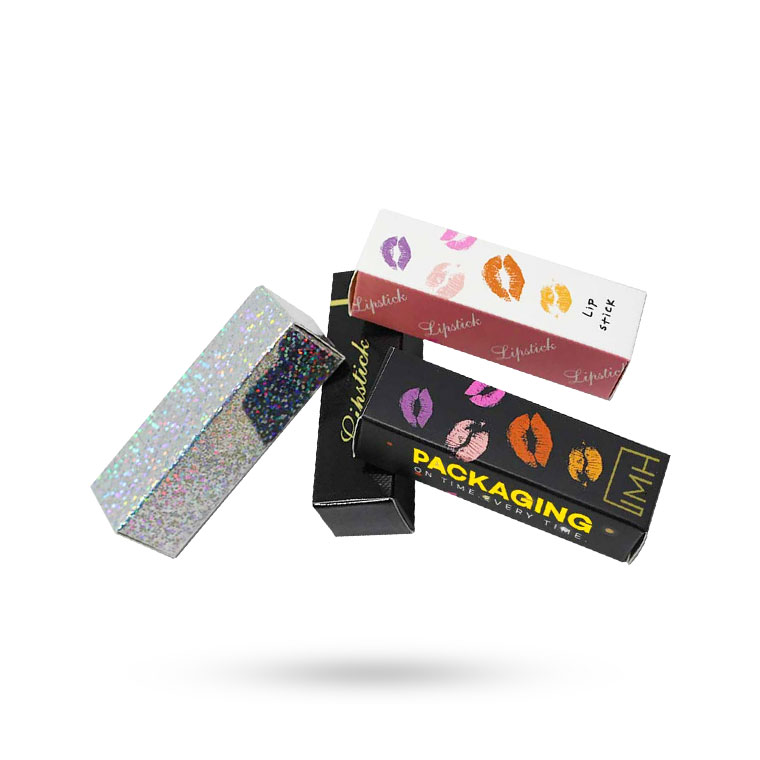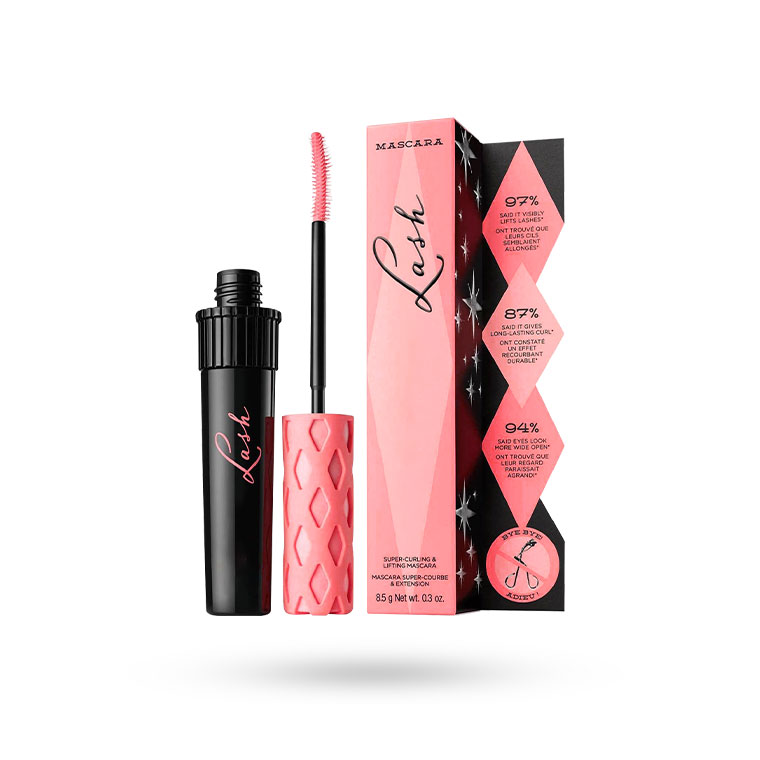Cosmetic packaging does more than just make a product look good. It’s a careful mix of science, design, and a growing focus on sustainability. When packaging engineers and designers create a new cosmetic box, they face a lot of choices. It’s important to select materials that won’t react with the product, create a design that protects and appeals to shoppers, and also consider environmental concerns. These decisions shape the long-term success of a cosmetic product.
Consumers want eco-friendly solutions more than ever, and events like the Sustainable Packaging Symposium highlight the latest innovations. For cosmetics companies to stay ahead, they need to think beyond appearances. Compatibility testing ensures carefully crafted formulas stay safe and effective in their chosen packaging. Materials need to demonstrate both practicality and a commitment to brand values – think bio-based polymers, recycled content, and easy recyclability.

Design plays a powerful role, too. Packaging communicates a lot about a company’s focus on sustainability and how it connects with the customer. This holistic approach can attract eco-conscious shoppers, inspire truly sustainable cosmetic lines, and spark exciting new developments.
Compatibility Testing Is Essential
Before settling on the perfect packaging, cosmetic companies put materials through extensive tests to see how they’ll interact with their products. The wrong packaging can ruin a great formula through chemical reactions or spoilage.
Labs like QIMA, QACS, and ADSL offer specialized tests to ensure your favorite cosmetics maintain quality and safety:
- Chemical compatibility is an essential test that determines whether or not the product will be contaminated with potentially hazardous chemicals that are included within the container.
- Physical Alterations: These tests determine whether or not the product’s appearance or aroma will be altered over the course of time while it is contained within the package.
- Functional considerations include ensuring that the packaging does not leak, that it is airtight, and that it functions well when the product is inside.
- Make a Wise Selection of Materials: Achievement and Long-Term Sustainability
Once compatibility is assured, designers take a broader view. Which material – paper, plastic, metal, glass – aligns best with performance needs, the user experience, and your brand’s commitment to sustainability? There’s a growing toolkit to guide conscious packaging decisions in response to global environmental concerns. Here are some key resources:
EcoImpact-COMPASS:
This tool goes beyond basic metrics to provide customized sustainability ratings. It measures your progress against goals and informs decision-making.
SavvyPack:
SavvyPack uses technology and expertise for in-depth packaging analysis. It simulates how various materials and designs behave in extreme conditions. Plus, its life-cycle analysis shows impacts from sourcing to disposal, empowering brands to improve their entire process.
SPICE (Sustainable Packaging Initiative For Cosmetics):
This industry-specific tool provides detailed metrics on the environmental impact of cosmetic packaging, such as global warming, resource depletion, water scarcity, and biodiversity impacts.
The Sustainability in Packaging Conference showcases how these resources drive meaningful change. Researchers, businesses, and innovators get together to identify environmental issues and track improvements thanks to data-driven designs and sophisticated modeling.
The Power of Design
Custom cosmetic packaging does more than ensure safety and look appealing – it creates brand potential. It’s a powerful way to connect with ethically-minded consumers. Companies can win loyalty and adjust to the times.

Telling your brand story through design:
Materials, colors, and shapes communicate emotions and your identity. Is your brand vibrant and fun? Sleek and minimalist? Sustainable choices like refillable components or using recycled materials demonstrate commitment.
Elevating the unboxing experience: Consider how engaging your packaging is to use. Is it secure yet easy to open? Are there creative or unexpected ways to dispense the product? Multi-use designs add value and minimize waste.
Thinking Long-Term:
Consumers who are concerned about the environment do brand research. In order to demonstrate your dedication, you should look for certifications for your unique cosmetic packaging. You should use materials that are easily biodegradable or recyclable and have a design that reduces the amount of space they take up. Building trust and maintaining brand loyalty are both outcomes of transparency.
Examples of Major Brands That Are Leading the Way in Environmental Responsibility
In the cosmetics sector, giants such as L’Oréal are responsible for setting the norm. Their dedication to sustainability is demonstrated by the fact that they are putting an emphasis on decreasing waste made of plastic and using recycled materials. Through conducting in-depth lifecycle analyses, they make certain that every new packaging innovation significantly lessens the impact it has on the environment.
Finding the Perfect Balance
A careful design and experienced expertise are the two components that make up the optimal cosmetic package. A positive development is that innovative solutions are being fueled by technological advancements in packaging and a greater awareness among consumers. The Sustainable Packaging Symposium is one example of an event that brings aesthetics and environmental concern to the forefront of the conversation. The use of design techniques for life-cycle analysis and the selection of appropriate materials put cosmetic firms in a position to lead the way in terms of their efforts to reduce their environmental impact. It is possible to accomplish cutting-edge packaging ideas by consulting resources such as Packaging Bull, which will enable you to make a statement in the cosmetics industry.
